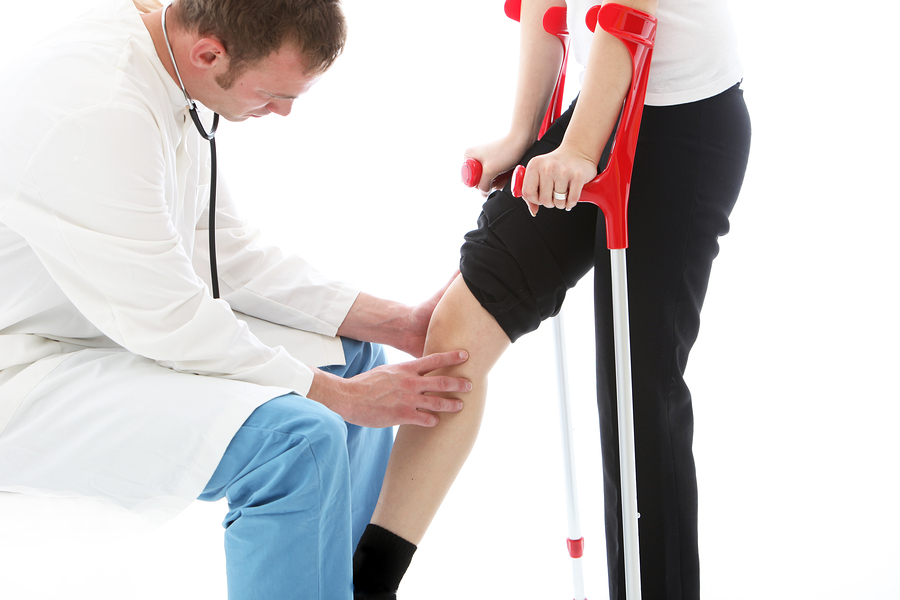
The recovery and rehabilitation process plays a crucial role in helping you get back on your feet and resume an active lifestyle. It can help you heal from surgery faster and greatly improve your chances for long-term success. It’s important that you commit to a plan and push yourself to do as much as possible each day. Here’s what you can expect during the post-knee replacement recovery and rehab period, which usually lasts about 12 weeks
Day 1
Rehabilitation begins almost immediately after your wake up from surgery. Within the first 24 hours you will begin standing and walking using an assistive device—with the help of a physical therapist (PT). In fact, it’s critical to get up and use your artificial knee as soon as possible.
Expect the PT to provide exercises that will help strengthen your muscles and guide you through them every day. Your PT will also demonstrate how to get in and out of your bed and move around with the aid of an assistive device, such as a walker, crutches, or a cane. He or she may ask you to sit at the side of the bed, walk a few steps, and transfer yourself to a bedside commode. The PT will also discuss your home environment and help you get set up with a continuous passive motion (CPM) machine for use in the hospital room and possibly at home. Some patients leave the operating room with their leg already in a CPM machine. This depends on the surgeon and the hospital. The machine keeps your knee in motion—with the goal of preventing the buildup of scar tissue and stiffness that can result from being immobile. A nurse or occupational therapist will help you with tasks such as changing the bandage, dressing, bathing and using the toilet.
Day 2
Your PT may ask you to walk for brief periods using an assistive device. He or she may also request that you use a regular toilet rather than a bedpan and attempt to climb a few steps at a time. You may be asked to continue using the CPM machine. As you recover from surgery your activity level should increase. Day 3 Until Discharge
By now your knee should be getting stronger and you should be able to increase your exercise and activity level. Your doctor will be shifting you from pharmaceutical strength painkillers tolower dose pain medication. Your PT may ask you to go on longer walks outside your hospital room, climb up and down a flight of stairs, move onto a chair or a toilet without assistance, and reduce the use of a walker, crutches or a cane. At discharge you should be able to bend your knee well, preferably to a minimum of a 90-degree angle; dress and bathe on your own; and minimally rely on an assistive devic
